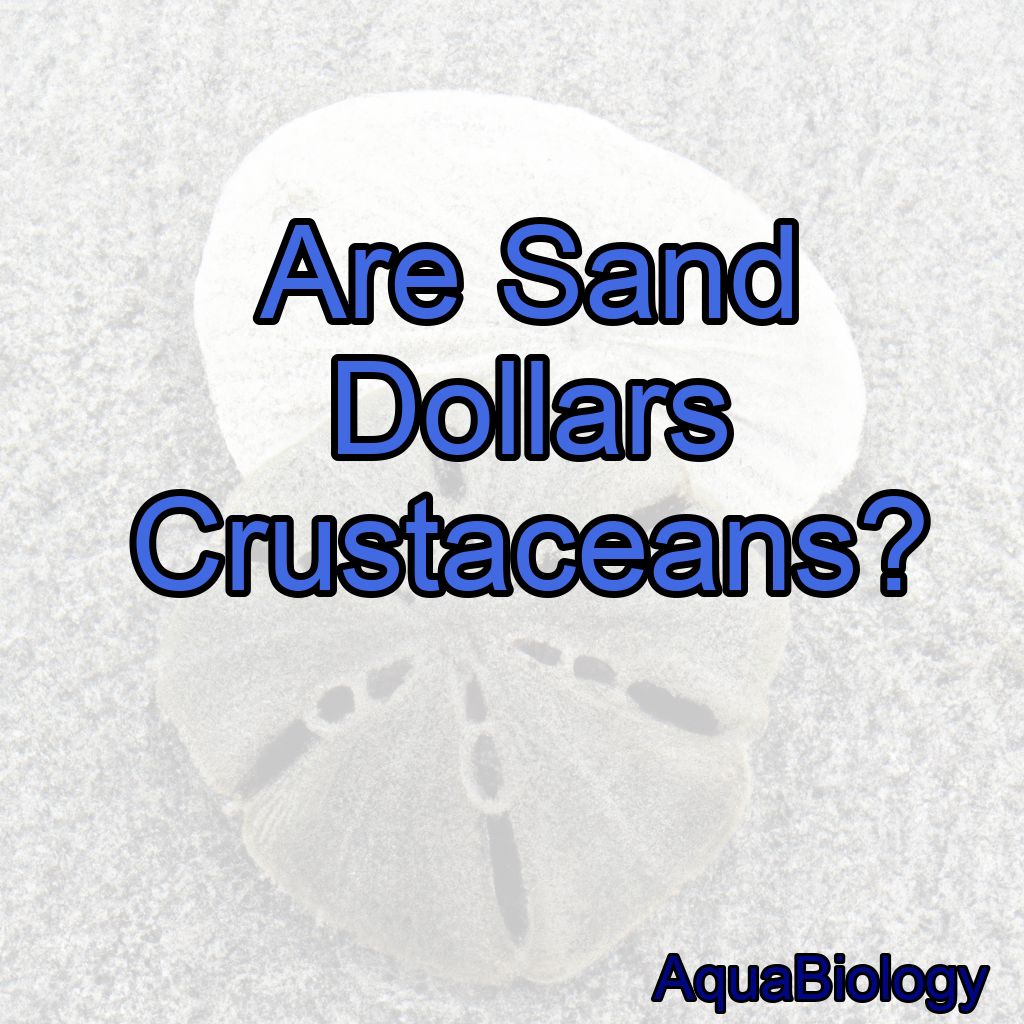As a marine biologist who has spent countless hours studying sand dollars, I have often been asked whether these fascinating creatures belong to the crustacean family. The answer to this question is no, sand dollars are not crustaceans.
No, sand dollars are not crustaceans; they are echinoderms.
In fact, they belong to an entirely different phylum: echinoderms. In this blog post, I will delve deeper into the characteristics of sand dollars and explain why they are not crustaceans.
What are Sand Dollars?
Sand dollars are a type of echinoderm that are found in shallow waters along the coasts of North America, Europe, and Asia. They are flat and round with a hard, bumpy exoskeleton that is covered in tiny hairs called cilia.
These hairs help the sand dollar move through the sand and water.
Echinoderms vs. Crustaceans
Echinoderms and crustaceans are both invertebrates, but they belong to different phyla. Echinoderms, like sand dollars, have a radial symmetry, meaning that their body parts are arranged in a circular pattern around a central axis.
Crustaceans, on the other hand, have a bilateral symmetry, meaning that their body is divided into two halves that are mirror images of each other.
In addition, echinoderms have a water vascular system that helps them move and breathe. This system consists of a series of water-filled tubes that run throughout the body and can be used to control movement and respiration.
Crustaceans, on the other hand, have gills for breathing and a variety of appendages for movement, such as legs and claws.
Anatomy of Sand Dollars
Sand dollars have a unique anatomy that sets them apart from other echinoderms.
They have a flattened body with five paired rows of tiny tube feet that are used for movement and feeding.
These tube feet are connected to a water vascular system that helps them move and capture food.

Sand dollars also have a mouth located on the underside of their body, which is surrounded by a series of spines that are used to capture plankton and other small organisms. They do not have eyes or a brain, but they can sense light and movement through their spines and tube feet.
Diet of Sand Dollars
Sand dollars are omnivores, meaning that they eat both plants and animals. They feed primarily on plankton and detritus, but they will also consume algae and small invertebrates.
Sand dollars use their spines and tube feet to capture food and move it towards their mouth.
Reproduction of Sand Dollars
Sand dollars reproduce sexually, with males releasing sperm into the water and females releasing eggs.
Fertilization occurs externally, and the larvae that hatch from the eggs are free-swimming and undergo a series of metamorphoses before settling on the ocean floor and developing into adult sand dollars.
#
Conclusion
In conclusion, sand dollars are not crustaceans but rather belong to the echinoderm family.
They have a unique anatomy and feeding habits, and they reproduce sexually.
If you are ever lucky enough to come across a live sand dollar, take a moment to appreciate the intricate beauty of this fascinating creature.
Five facts about sand dollars:
1. Sand dollars are echinoderms, not crustaceans.
2. They have a flattened body with five paired rows of tube feet.
3. Sand dollars are omnivores that feed on plankton, detritus, and small invertebrates.
4. They reproduce sexually, with males releasing sperm and females releasing eggs.
5. Sand dollars have a water vascular system that helps them move and breathe.
FAQs
What are the hard white pieces inside of a sand dollar?
The hard white pieces inside of a sand dollar are the skeletal elements known as ossicles, which provide structure and support to the sand dollar’s body.
What animal is inside a sand dollar?
Sand dollars are not actually animals, but rather the skeletons of a type of sea urchin.
What is the shell of a sand dollar made of?
The shell of a sand dollar is made up of calcium carbonate plates.
What is a sand dollar made of?
A sand dollar is made of calcium carbonate, the same material as seashells and coral.
What are the little white things inside the sand dollar?
The little white things inside the sand dollar are the animal’s skeletal elements known as ossicles.
Is a sand dollar a shellfish?
No, a sand dollar is not a shellfish.
It is a type of echinoderm, related to sea urchins and starfish.




